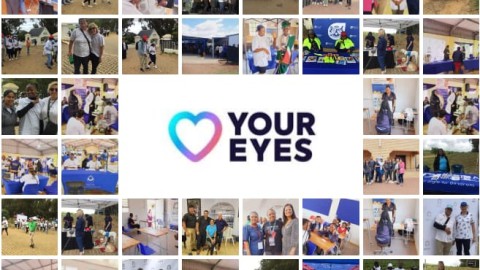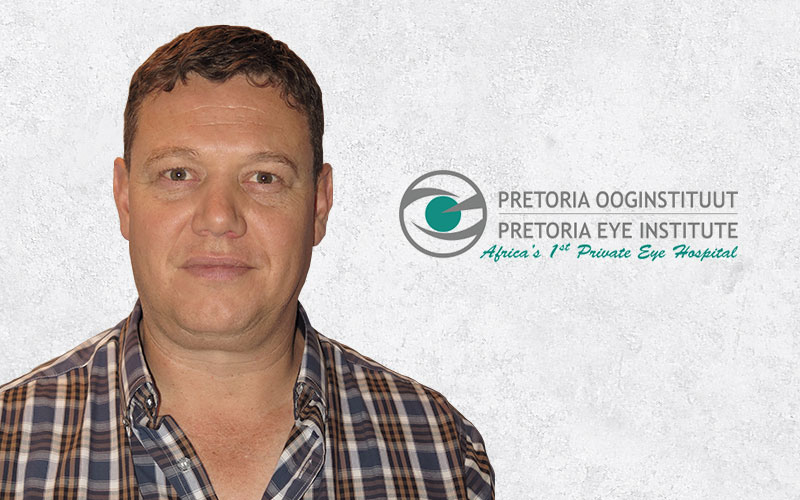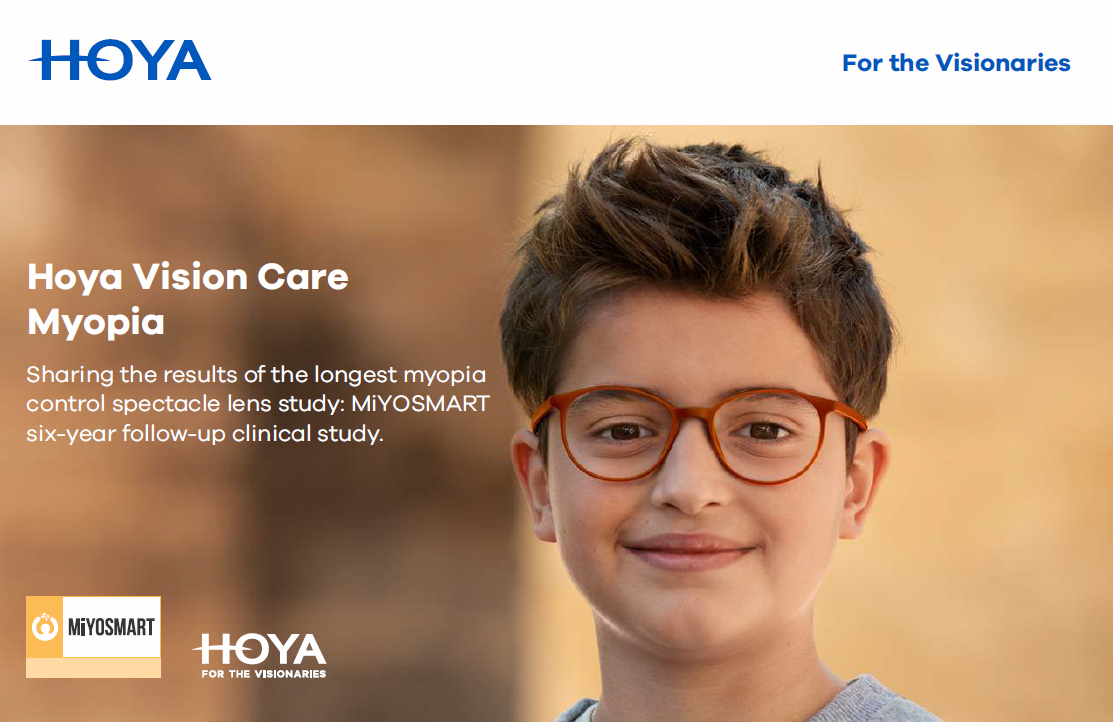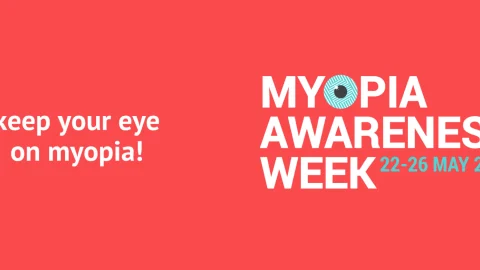Extortionate screen time is damaging our eyes
Alarming statistics suggest that the average adult spends more than 11 hours staring at a screen in some shape or form every day.1 In South Africa specifically, according to a 2016 article by htxt Africa, screen time per person is just under 5 hours a day.2 This has likely increased dramatically along with advances in smartphone and tablet technologies in the last year. What is so worrying about the extortionate amount of time people spend looking at screens, says Ruahan Naude, CEO at Dynamic Vision, is the harmful effect it is having on our eyes.
“From working on laptops and computer screens, to checking smartphones for messages and updates throughout the day, to reading and browsing on tablets, followed by a healthy dose of TV or some cell phone games to round off the day, we are all spending most of our days looking at a screen. We are definitely seeing an increasing number of patients suffering with symptoms related to prolonged exposure to these screens. While most of us take great care to wear sunglasses to protect our eyes from ultraviolet (UV) light and blue light in sunlight, very few understand the risks, or take any precaution, against the effects of blue light from screens.”
He explains that digital devices and modern lighting, such as LED lights and compact fluorescent lamps (CFLs), emit a high level of blue light which is harmful to eyes. While UV light affects the front of the eye and forms cataracts, blue light causes damage to the back of the eye and increases the risk of age-related macular degeneration (AMD) and permanent vision loss. As the effects of screen time – and the resulting exposure to blue light – have started to take its toll on people’s eyes, the terms Computer Vision Syndrome (CVS), or digital eye strain, have been bandied about more frequently.
“Oftentimes, people don’t even link the symptoms or discomfort they are experiencing to the prolonged time they spend staring at screens. It’s important that people start to understand the effects of exposure to blue light from screens, as well as know how to recognize the possible symptoms of digital eye strain,” says Naude.
According to SEIKO Vision, possible signs of digital eye strain include:
- Headaches towards the front of the head and around the eyes.
- Sore and tired eyes.
- Body fatigue, feeling tired and wanting to close your eyes.
- Vision fluctuation, which occurs when the muscles in the eyes become so used to focusing on a digital device that they can’t relax when they look at something else.
- Sensitivity to light.
- Poor night vision, which results from eye muscles being overstressed from constantly trying to focus on light sources and digital device.
- Dry, red eyes.
- Itchy eyes that you need to rub frequently.
- Reduced concentration. As most of the symptoms of digital eye strain are uncomfortable, it causes a distraction.
To avoid digital eye strain, Naude recommends that people keep their screens at least 50 to 70 centimeters away from their eyes; use an anti-glare screen to prevent glare; avoid excessively bright outdoor or indoor light, and zoom into pages to increase the font size.
“It is good to keep exercising your eyes by moving your eyes side to side, up and down and in a circle. Also, every 20 minutes try to take a break from staring at the screen, blink your eyes ten times and then focus on something else that is some distance away for a few seconds. You can also wear glasses with fatigue reducing lenses. These provide what is called ‘accommodative support’, beyond that provided by traditional, single vision lenses. Accommodative support, from the likes of blue light support lenses, is literally energy for your eyes. They ensure more focused vision in all directions and distances to prevent fatigue and strain.”
He concludes saying that people shouldn’t ignore unpleasant symptoms such as burning and itchy eyes, redness or vision fluctuations.
“If your eyes are feeling sore and fatigued, and you are battling to focus, get them checked out. Regular eye exams will help to identify issues before they become major problems. If your symptoms are because of digital eye strain, you can take steps to protect your eyes and avoid permanent damage.”
For more information on your nearest Dynamic Vision optometrist, please visit dynamicvisionsa.co.za or have a look at the Dynamicvisionsa Facebook page for tips.
REFERENCES:
-
(2015, 03 13). Americans Use Electronic Media 11+ Hours A Day. Retrieved from Statistica: https://www.statista.com/chart/1971/electronic-media-use/
-
SHEZI, L. (2016, 04 29). SA’s 26.8 million internet users spend almost three hours a day on social media. Retrieved from htxt: http://www.htxt.co.za/2016/04/29/the-stuff-south-africa-26-8-mil-internet-users-spend-most-their-time-doing-online/









